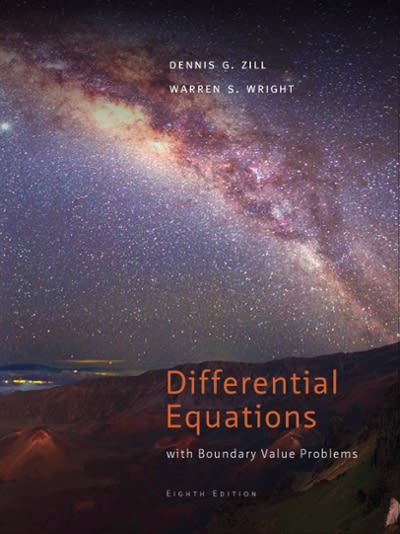Question
The Ritz Hotel has adequate room for six cabs to stack travelers, line up, and hang tight for visitors at its passageway. Taxis show up
The Ritz Hotel has adequate room for six cabs to stack
travelers, line up, and hang tight for visitors at its passageway.
Taxis show up at the inn at regular intervals and if a taxi dri-
ves by the inn and the line is full it should drive on. Lodging
visitors require taxis like clockwork by and large and
at that point it takes a taxi driver a normal of 3.5 minutes to
load travelers and gear and leave the lodging (exhibition
nentially appropriated).
a. What is the normal time a taxi should hang tight for an admission?
b. What is the likelihood that the line will be full when a
taxi drives by and it should drive on?
Things are named tpe A, type B, type C, or type D. 22% are typeA. 47% are type B. 9% are type C, and 22% are type D. 68% of type A things are unique. 43% of type B things are unique. 88% of type C things are exceptional. 55% of type D things are uncommon.
a.) Given that a thing is unique, what is the likelihood that it is type C?
b.) Given that a thing isn't uncommon, what is the likelihood that it is typeA?
c.) Given that a thing is typeAn or type D, what is the likelihood that it is extraordinary?
A symptomatic test for a specific illness is applied to $n$ people known to not have the infection. Let $X=$ the number among the $n$ test results that are positive (demonstrating presence of the sickness, so $X$ is the quantity of bogus positives) and $p=$ the likelihood that an illness free person's test outcome is positive (i.e., $p$ is the genuine extent of test results from infection free people that are positive). Accept that lone $X$ is accessible instead of the genuine grouping of test outcomes.
a. Infer the greatest probability assessor of $p .$ If $n=20$ and $x=3,$ what is the gauge?
b. Is the assessor of section (a) fair-minded?
c. On the off chance that $n=20$ and $x=3,$ what is the mle of the likelihood $(1-p)^{5}$ that none of the following five tests done on sickness free people are positive?
@22@
The lifetime of a bulb is demonstrated as a Poisson variable. You have two bulbs types
An and B with expected lifetime 0.25 years and 0.5 years, separately. When a
bulb's life closes, it quits working. You start with new bulb of typeA toward the beginning of
the year. At the point when it quits working, you supplant it with a bulb of type B. At the point when it
breaks, you supplant with a sort A bulb, at that point a sort B bulb, etc.
1. Track down the normal absolute enlightenment time (in years), given you do precisely 3 bulb substitutions.
2. Your substitutions are presently probabilistic. In the event that your present bulb breaks, you
supplant it with a bulb of typeA with likelihood p, and with type B with
likelihood (1 - p). Track down the normal complete light time (in years),
given you do precisely n bulb substitutions, and start with bulb of typeA.
Answer for section 2 exists in shut structure as far as n and p.
Step by Step Solution
There are 3 Steps involved in it
Step: 1

Get Instant Access to Expert-Tailored Solutions
See step-by-step solutions with expert insights and AI powered tools for academic success
Step: 2

Step: 3

Ace Your Homework with AI
Get the answers you need in no time with our AI-driven, step-by-step assistance
Get Started


